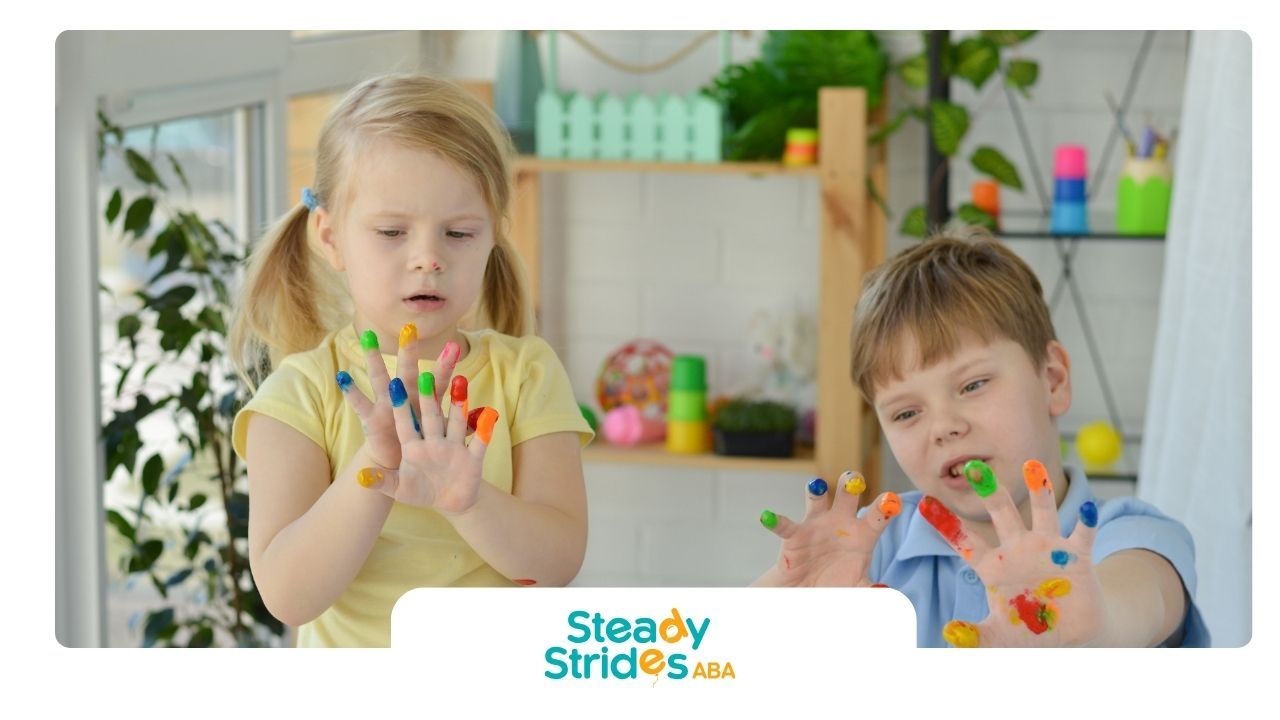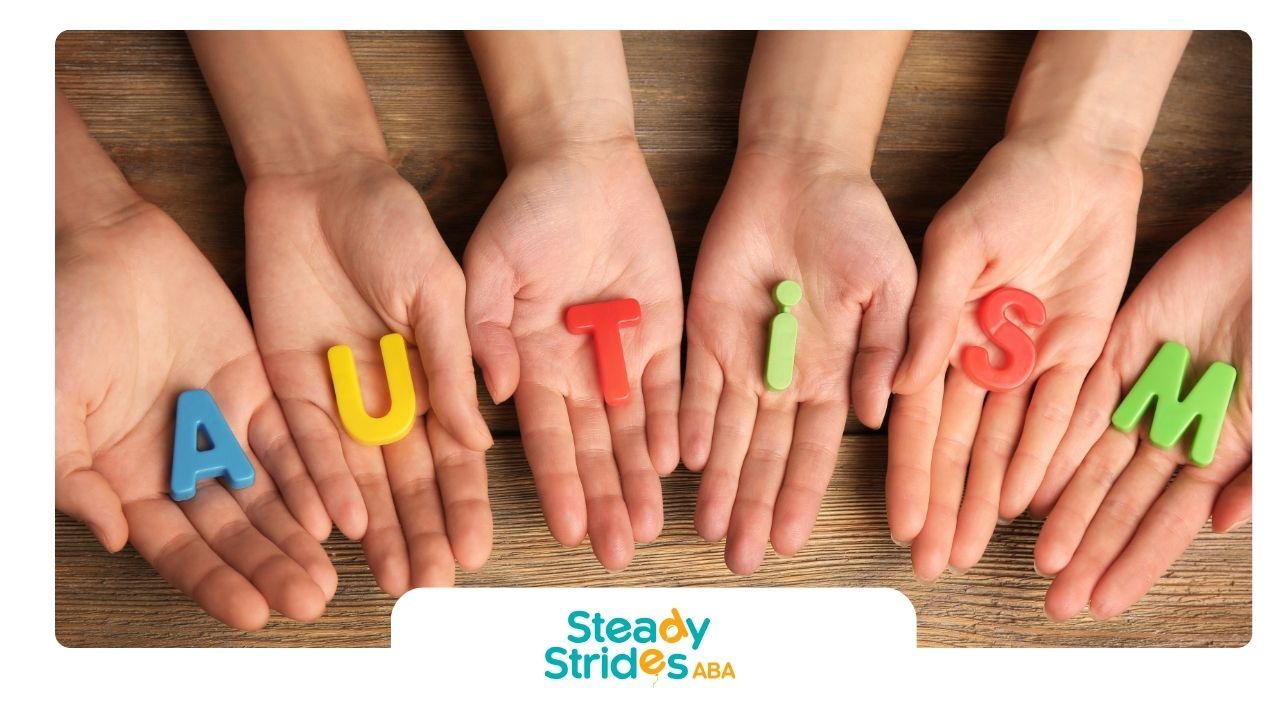Teaching a second language to a child with autism is possible and can offer valuable cognitive and social benefits. While some may believe that bilingualism adds confusion, research shows that many autistic children can learn two languages successfully when taught with the right strategies.
Start by using both languages consistently in daily routines. Repetition and predictability help build language comprehension. For example, label common objects or actions in both languages during mealtime, play, or while reading books.
Visual supports such as flashcards, picture schedules, and videos can reinforce vocabulary and aid memory. Keep language learning fun by singing songs or playing games in both languages to build engagement.
It’s also important to follow the child’s lead and interests. If your child loves animals, introduce animal names in both languages. Avoid pressure and allow time for natural development.
At
Steady Stride ABA, we understand that every child learns differently. ABA strategies like prompting, modeling, and reinforcement can be tailored to support bilingual language learning in a way that suits your child’s strengths.
Frequently Asked Questions
Can autistic children become bilingual?
Yes, with structured support and consistency.
Will two languages confuse my child?
No—many autistic children can learn both languages effectively.
What techniques help most?
Visual aids, routines, and ABA-based reinforcement work well.













